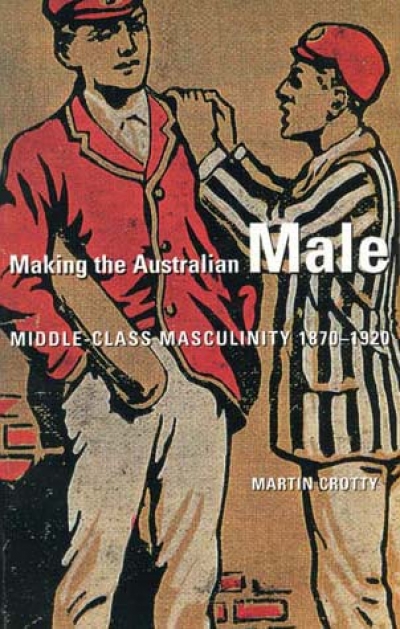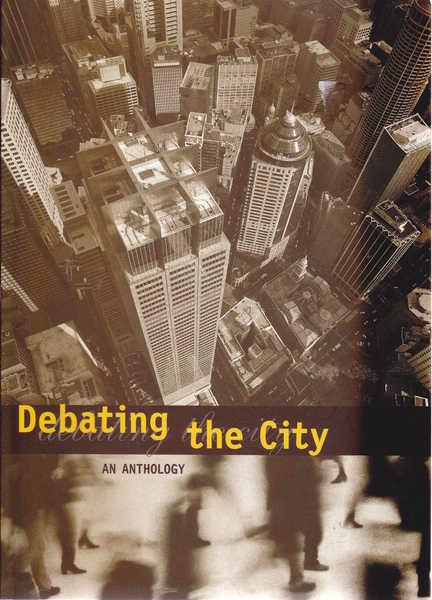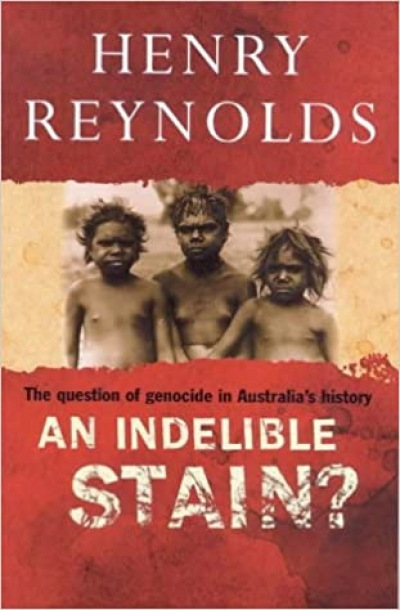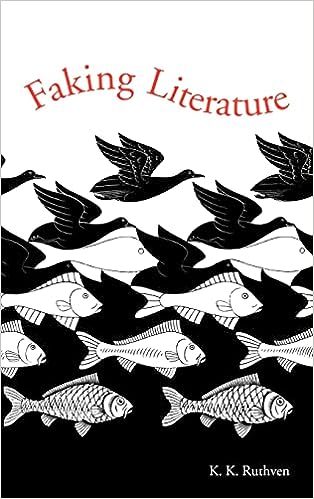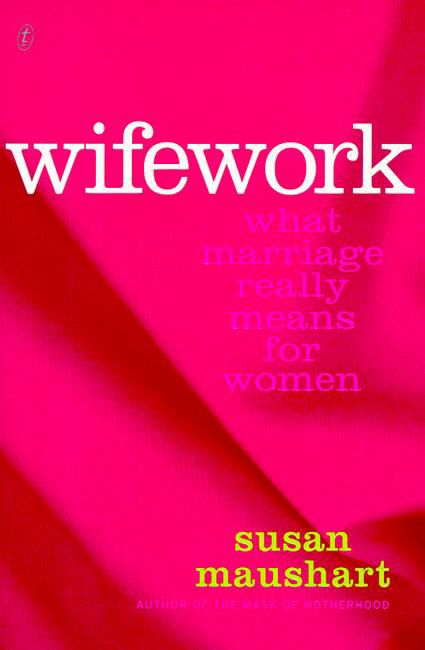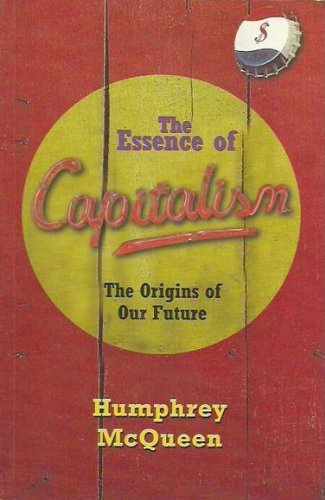History
The Origins of Irish Convict Transportation to New South Wales by Bob Reece
This book tells how the Irish government gradually rearranged its methods of convict transportation, from a variety of destinations in North America to a single destination on the far side of the world. The story takes place predominately between 1783 and 1791, from the independence of the United States (which effectively closed American ports to British and Irish transports) to the sailing of the Queen, the first ship to take convicts direct from Ireland to New South Wales. It is a subject that has never been properly examined, mainly because we tend to assume that the Irish point of view – as far as administration goes – was nothing more than a footnote to the British.
... (read more)Making the Australian Male: Middle-class masculinity 1870–1920 by Martin Crotty
Masculinity isn’t what it used to be. To begin with, it has gone forth and multiplied to become masculinities, for it is a requirement of a pluralist culture that diversity not only be acknowledged but cultivated. What has happened, of course, is that as women’s history has given way to gender studies, masculinity, which was formerly taken for granted as part of the dominant culture, is being put under the microscope.
... (read more)Debating the City: An Anthology edited by Jennifer Barrett and Caroline Butler-Bowden
In his amusing essay, ‘The More Things Change’, John Birmingham writes:
Sydney will always confound, infuriate, engage and seduce. It is a provider/destroyer, madonna/whore and prophet of the main chance. It is hated, feted, loved and envied. It cares not. Self-obsessed and cosmopolitan, tacky, shallow and deeply serious, it knows its own worth and vainly overstates it at every turn – as when one speaker at the last (sic) Premier’s litfest dinner favourably compared the old tart with the Florence of Michelangelo. The gasps at the dinner tables were probably in surprise that anyone could think to bracket Sydney with such a provincial backwater.
While, I hope, ironic, this observation could be said to be indicative of the attitude behind many of the individual chapters in this anthology.
The book, as its editors inform us in their introduction, has grown out of a series of ‘Debating the City’ conferences held at the Museum of Sydney in 1999 and 2000. They, and the Director of the Historic Houses Trust, Peter Watts, in his foreword, are at pains to stress that this book is about cities, ‘the liveability of the modern city’ and ‘the city as an interdisciplinary subject’. However, while the conferences may have been about cities, the overwhelming number of papers selected for publication in the book take Sydney as their almost exclusive subject. In fact, eleven of the eighteen chapters are specifically about aspects of Sydney’s urban development or the experience of living in Sydney. Perhaps John Birmingham got it right.
... (read more)An Indelible Stain?: The question of genocide in Australia’s history by Henry Reynolds
This book is suspended from a question mark, and all of Australia’s history is suspended with it. Henry Reynolds has been doing it for twenty years. What happens if we try to understand the coming of the Europeans from the Aboriginal viewpoint, from the other side of the frontier? Did the European invaders really think they were occupying a country that belonged to no one, a terra nullius? If we, the white people, had a legal title, how did we acquire it? If everything was fair and above board, why then this whispering in our hearts? And if so many big questions were left unanswered, if so many black people died so that we could live in prosperous comfort, Why weren’t we told?
... (read more)Nothing divides people as much as the idea that history is a text and, in many cases, a fiction. It’s the sort of notion – more or less accepted by academics in the Humanities – that really annoys ‘among the barbarians’ public intellectuals. Point out that history is written by the victors, that much of what we think of as gospel was written decades after the event from secondary sources (the Gospels, for example), and that the bulk of tradition, from Scots tartan to Christmas, is a nineteenth-century confection, and their anger becomes tinged with panic. It’s vertigo, but one of time rather than space – the sudden realisation that you are standing on nothing but the present, with the texts and living witnesses (whose memories are texts) inhering in the present.
... (read more)I remember reading a book entitled Deeds That Won the Empire at primary school. Mainly, it seemed to be about the slaughter of various groups of native races by the superior technology and organisation of the West, always personified by focusing on an intrepid leader called Carstairs or Hethington-Bloggs, or some such name. Even in the 1950s, the book had a desperately old-fashioned feel to it. This type of writing, one felt, could not last.
... (read more)Wifework: What marriage really means for women by Susan Maushart
Wifework is a good term for the things that women have been doing in Western marriages for centuries. It evokes all those other phrases coined in the 1970s and 1980s by feminists that resonate in the consciousness of modern women (including many of those who preface any discussion of family life with the mantra ‘I’m not a feminist’). Wifework embraces the sacrifice of ‘the burnt chop syndrome’, the exhaustion of the ‘the double shift’ and the psychological burden of ‘emotional labour’. The title of this new book raises hopes for a spirited discussion examining and updating earlier complaints, showing how things have changed and suggesting what needs to be done about marriages in the new century. As a been-there-done-that reader (married in the 1970s and feeling guilty about letting down feminism by doing so, divorced in the 1980s and feeling guilty about that, cohabiting and parenting in the 1990s), I was interested at once.
... (read more)True Believers: The story of the Federal Parliamentary Labor Party edited by John Faulkner and Stuart Macintyre
The intriguing story of the Federal Parliamentary Labor Party began the day before the first Federal Parliament convened in Melbourne on 9 May 1901. At 11 a.m. on 8 May 1901, Labor’s twenty-two federal parliamentarians met in a stuffy basement room in Victoria’s Parliament House. This historic first Federal Caucus was chaired by Queensland Senator Anderson Dawson who from 1 to7 December 1899, as premier of Queensland, had led the first Labor government in the world.
... (read more)The Essence of Capitalism: The Origins of Our Future by Humphrey McQueen
This is a large yet very readable book. There are three strands to this work: a demonstration of the inexorable tendency of a market economy to oligopoly; an explanation of the ease with which money can set ethical consideration aside; and an account of the development of the companies that make and market Coca-Cola. While McQueen has strong opinions, he is careful to separate his critique from his account, and he supports both his opinions and his account with extensive referencing and a substantial bibliography.
... (read more)The Eternal Frontier: An ecological history of North America and its peoples by Tim Flannery
In 1978 the writer John McPhee, accompanied some geologists on a field trip to the American West, and in order to express their insights into the vast processes that had formed the present landscape, he coined the evocative and durable term ‘deep time’. With a sharp Australian eye, Tim Flannery has now done the same for the entire continent in this remarkably ambitious yet highly readable book. As an active research palaeontologist, he has a profound sense of the history of his discipline, and has the ability vividly and sometimes whimsically to put himself and the reader into the places of discovery and into the mindsets of the often testy pioneers in this fossil game.
... (read more)


